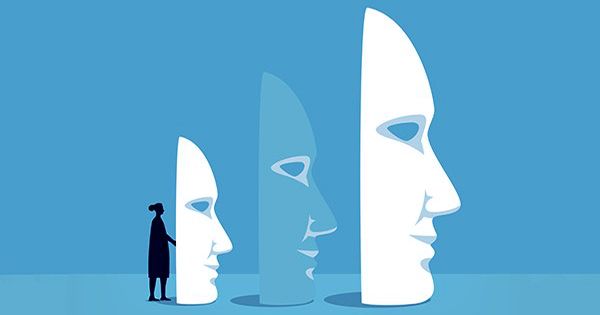Daylight-saving time (DST) is the practice of advancing clocks by one hour during the summer months to extend daylight in the evenings. This is typically done in countries located at higher latitudes where the daylight hours vary significantly between summer and winter. It is also known as daylight savings time, daylight time (United States, Canada, and Australia), or summer time (United Kingdom, European Union, and others), is the practice of advancing clocks (typically by one hour) during warmer months so that darkness falls at a later clock time.
To return to standard time, clocks are typically set forward by one hour in late winter or early spring (“spring forward”), and back by one hour in the fall (“fall back”). As a result, there is one 23-hour day in early spring and one 25-hour day in the middle of autumn.
DST was first proposed by Benjamin Franklin in 1784, but it was not widely adopted until the 20th century. Today, many countries around the world use DST, although the start and end dates vary.
Purpose
The primary purpose of DST is to save energy by reducing the amount of electricity used for lighting in the evening. Supporters of DST also argue that it can improve road safety by reducing the number of accidents that occur during the darker evening hours.
Benefits
The benefits of DST have been debated. Some studies suggest that the energy savings from DST are small and may be offset by increased energy use for air conditioning or heating. Others argue that DST can disrupt people’s sleep patterns and lead to health problems.
There are both advantages and disadvantages to daylight-saving time. Some of the potential benefits include:
- Energy savings: By extending daylight hours, there is less need for artificial lighting in the evenings, which can save energy and reduce electricity consumption.
- More time for outdoor activities: With more daylight in the evenings, people may have more time for outdoor activities and recreation.
- Reduced traffic accidents: There is some evidence to suggest that daylight-saving time may reduce the number of traffic accidents by increasing visibility during commuting hours.
In recent years, some countries have decided to eliminate DST or make changes to their DST policies. For example, in 2019, the European Union voted to end the practice of DST by 2021, although the COVID-19 pandemic has delayed the implementation of this decision.
However, there are also potential drawbacks to daylight-saving time, including:
- Disruption to sleep patterns: Changing the clocks can disrupt sleep patterns, which can have negative effects on health and productivity.
- Increased risk of accidents: While daylight-saving time may reduce the number of traffic accidents during commuting hours, there is some evidence to suggest that there may be an increase in accidents during the transition period when people are adjusting to the time change.
- Confusion and inconvenience: Daylight-saving time can be confusing, particularly for travelers and people who communicate across time zones. It can also be inconvenient for people who have to adjust their schedules or deal with disrupted sleep patterns.
Overall, the benefits and drawbacks of daylight-saving time are still debated and can vary depending on the context. Some countries have abolished the practice altogether, while others continue to use it.
















